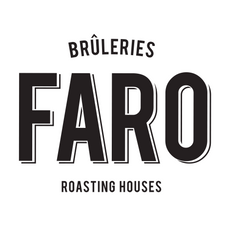Indonesia: the island of Sumatra
The island of Sumatra is certainly one of Asia’s wildest lands. The characteristic blue and green tinges of the beans grown there aptly reflect the complexity of the coffees offered by these blossoming tropical lands. Numerous historical accounts tell us that the island’s coffee varieties spring from various hybrids imported from Yemen and the island of Java. Annual production (robustas and arabicas) totals some 12,000,000 60-kg bags, all for export.
Overall taste profile
The cup is characteristically round-bodied, sweet, peppery, slightly herbal and earthy, with a finish evoking the taste of a good, smooth balsamic vinegar. When properly roasted through a controlled artisanal process, these coffees offer a nearly perfect balance between acidity and bitterness. Catimor, one of the region’s most prized varieties, has characteristics quite different from the overall profile for Sumatra, with more caramelized aromas recalling ripe fruit, figs and grapes.
Growing regions
Sumatra Gayo mountain (Mandheling): The coffees of this region, situated in Aceh province in the extreme north of the island, are primarily Typicas and hybrids. They are appreciated for their forthright, distinguished body and long finish free of aggressive bitterness. They are slightly earthy, with hints of butter caramel and a mellowness reminiscent of the great, well-aged red wines.
Lake Toba: Also in the north of the island, this region grows various arabica variants such as Typica and Catimor. Coffees from the region have a woody, spicy bouquet with notes of lemon, cedar and liquorice.
It is worth noting that robustas make up 75% of the island’s crop and arabicas (Typica, Caturra, Bourbon, Catimor and numerous hybrids) account for 25%. Average altitudes are between 800 and 1500 m.
Processes
Washed and wet-hulled (distinctive to this region).




